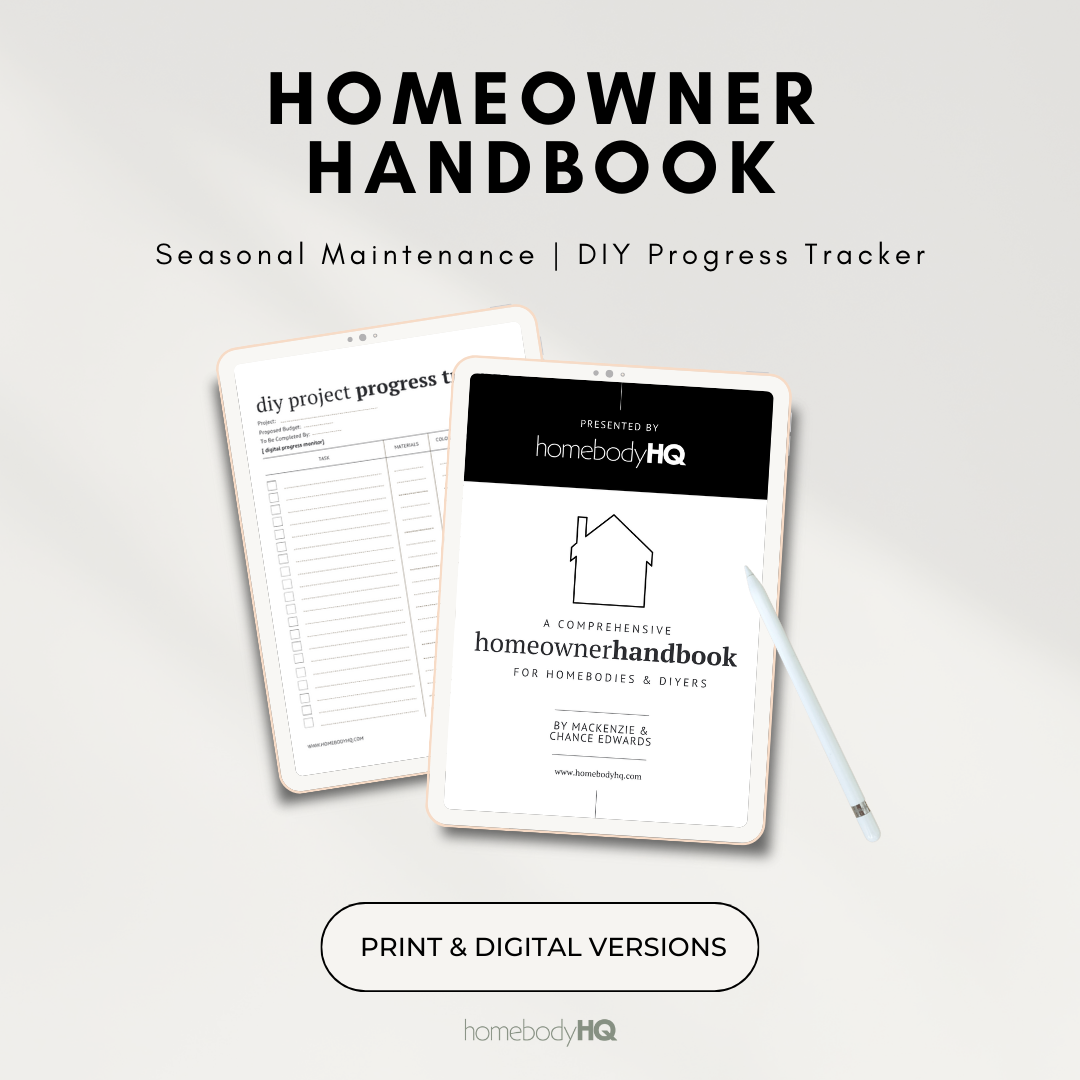Cleaning and Maintaining Your Refrigerator: A Complete Guide
Your fridge is kind of a big deal — keeping your favorite snacks, meals, and drinks fresh and cool. But without regular cleaning and maintenance, your fridge can start working less efficiently, collect some funky smells, and even become a breeding ground for bacteria. No worries, though—it's easy to keep your fridge in tip-top shape. In this fun and easy guide, we'll walk you through the best ways to keep your fridge clean, fresh, and running like a champ for years to come.
Why Regular Refrigerator Maintenance Matters
Keeping your fridge in good shape isn’t just about avoiding funky smells—it helps it run better, last longer, and even saves you some cash on energy bills. Plus, a clean fridge means fresher food and a kitchen that doesn’t surprise you with weird odors. If you ignore it for too long, though, you might end up with mold, unpleasant smells, or even a fridge that stops working when you need it most!
How Often Should You Clean Your Refrigerator?
To keep your refrigerator in peak condition, follow this general cleaning schedule:
Daily: Wipe up spills immediately to prevent stains and bacteria growth.
Weekly: Check for expired or spoiled food and discard it.
Monthly: Deep clean shelves, drawers, and compartments.
Quarterly: Inspect and clean condenser coils, door seals, and water dispensers.
more cleaning tips
Step-by-Step Guide to Cleaning Your Refrigerator
Step 1: Unplug and Empty the Refrigerator
Before starting a deep clean, unplug your refrigerator or turn off the power to prevent any electrical hazards. Remove all food items, checking expiration dates and discarding anything that is no longer fresh.
Step 2: Remove and Wash Shelves and Drawers
Take out all removable parts such as shelves, crisper drawers, and bins. Wash them with warm, soapy water and let them air dry. For stubborn stains, use a mixture of baking soda and water.
Step 3: Wipe Down the Interior
Use a solution of equal parts white vinegar and water or mild dish soap to wipe down the interior surfaces. A microfiber cloth or sponge works best for removing residue without scratching surfaces. Pay extra attention to corners, where spills often accumulate.
Step 4: Clean Door Seals
The rubber door seals (gaskets) help maintain the refrigerator’s temperature by sealing the cold air inside. Over time, dirt and grime can accumulate, causing the seal to weaken. Clean the gaskets with warm, soapy water and dry them thoroughly to prevent mold growth.
Step 5: Deodorize Your Refrigerator
To keep your refrigerator smelling fresh, place an open box of baking soda inside. You can also use activated charcoal or coffee grounds to absorb odors naturally.
Step 6: Clean the Exterior
For stainless steel refrigerators, use a stainless steel cleaner or a mixture of vinegar and water to remove fingerprints and smudges. For other finishes, warm soapy water will suffice. Don’t forget to clean the handles and control panel.
Maintaining Your Refrigerator for Long-Term Efficiency
Check and Clean the Condenser Coils
Condenser coils, usually located at the back or bottom of the refrigerator, help remove heat. Dust and debris can accumulate over time, reducing efficiency. Use a vacuum cleaner or coil brush to remove dirt every 3-6 months.
Inspect and Replace Door Seals If Necessary
Loose or damaged door seals can cause cool air to escape, making your fridge work harder. To test the seal, close the door on a piece of paper—if you can pull it out easily, it may be time for a replacement.
Adjust Temperature Settings
Keep your refrigerator at or below 40°F (4°C) and the freezer at 0°F (-18°C) for optimal food preservation. A fridge thermometer can help ensure accurate readings.
Defrost the Freezer If Needed
Some refrigerators require manual defrosting to prevent ice buildup. If your freezer has more than 1/4 inch of frost, it’s time to defrost it. Turn off the freezer, remove food, and let the ice melt naturally before wiping it dry.
Check and Replace Water Filters
If your refrigerator has a water dispenser or ice maker, replace the water filter every six months to ensure clean, fresh-tasting water and ice.
Common Refrigerator Issues and How to Fix Them
Refrigerator Not Cooling Properly
Check that the thermostat is set correctly.
Ensure the vents are not blocked by food items.
Clean the condenser coils.
Inspect the door seals for leaks.
Excessive Frost in the Freezer
Make sure the door is closing properly.
Check for a faulty door seal.
Defrost the freezer if ice buildup is excessive.
Water Leaks
Clear the defrost drain using warm water.
Ensure the water filter is installed correctly.
Check for a clogged or frozen water supply line.
Loud Noises
Ensure the fridge is level to prevent vibrations.
Check for debris in the condenser fan.
Inspect the evaporator fan motor for wear and tear.
Keeping your fridge in good shape doesn’t have to be a chore. Just follow these easy steps, and you’ll have a fridge that runs better, lasts longer, and keeps your food fresher. Plus, a little maintenance now means fewer surprise breakdowns later. So, set a reminder, grab some cleaning supplies, and show your fridge some love—it’ll thank you with perfectly chilled snacks and ice-cold drinks!









